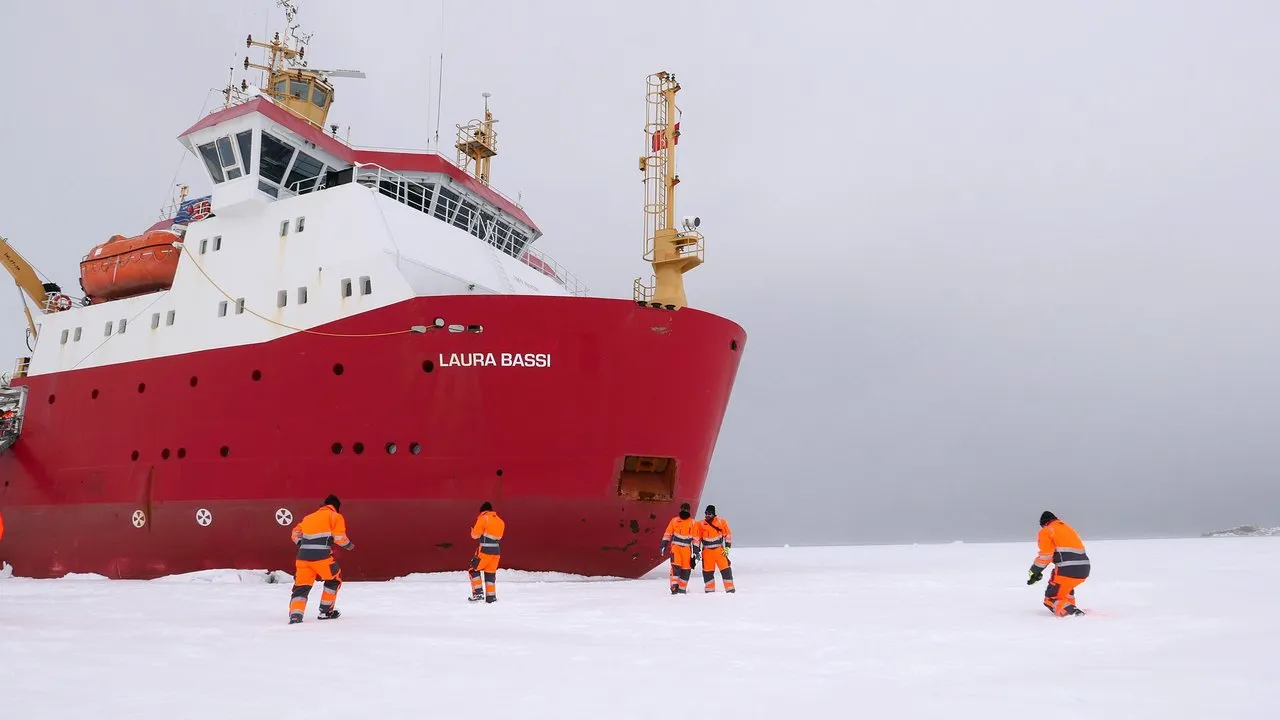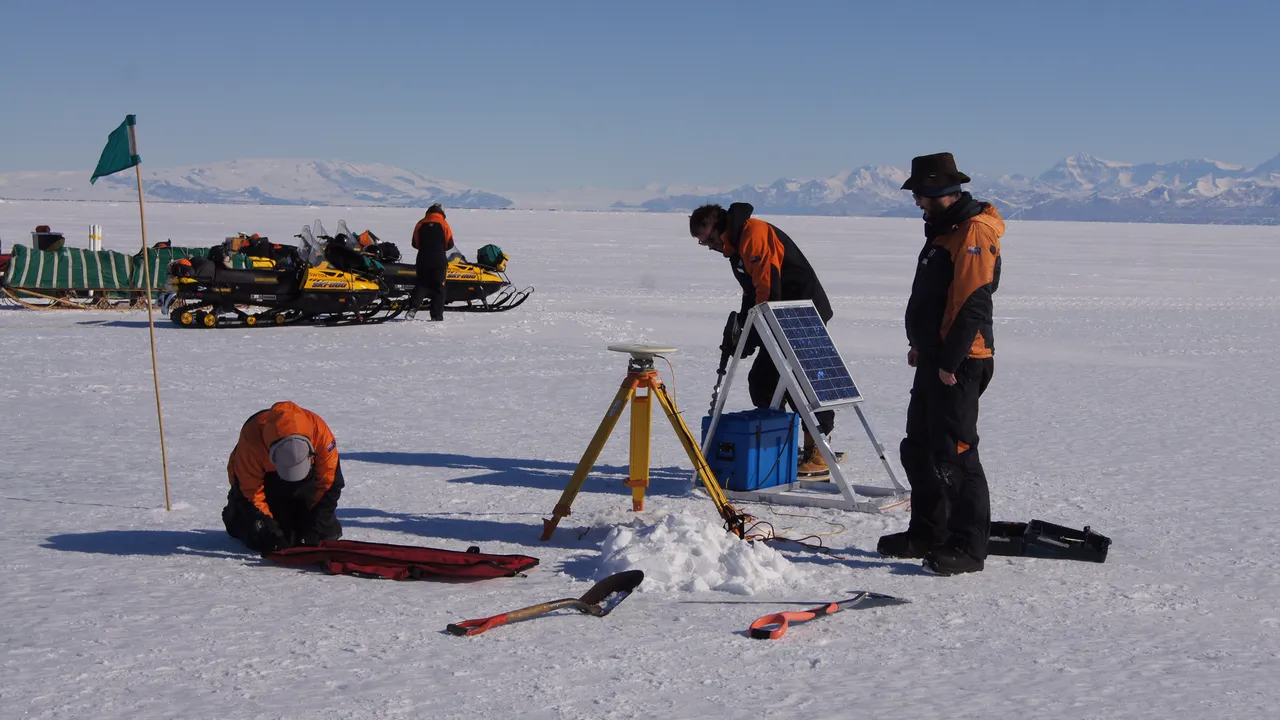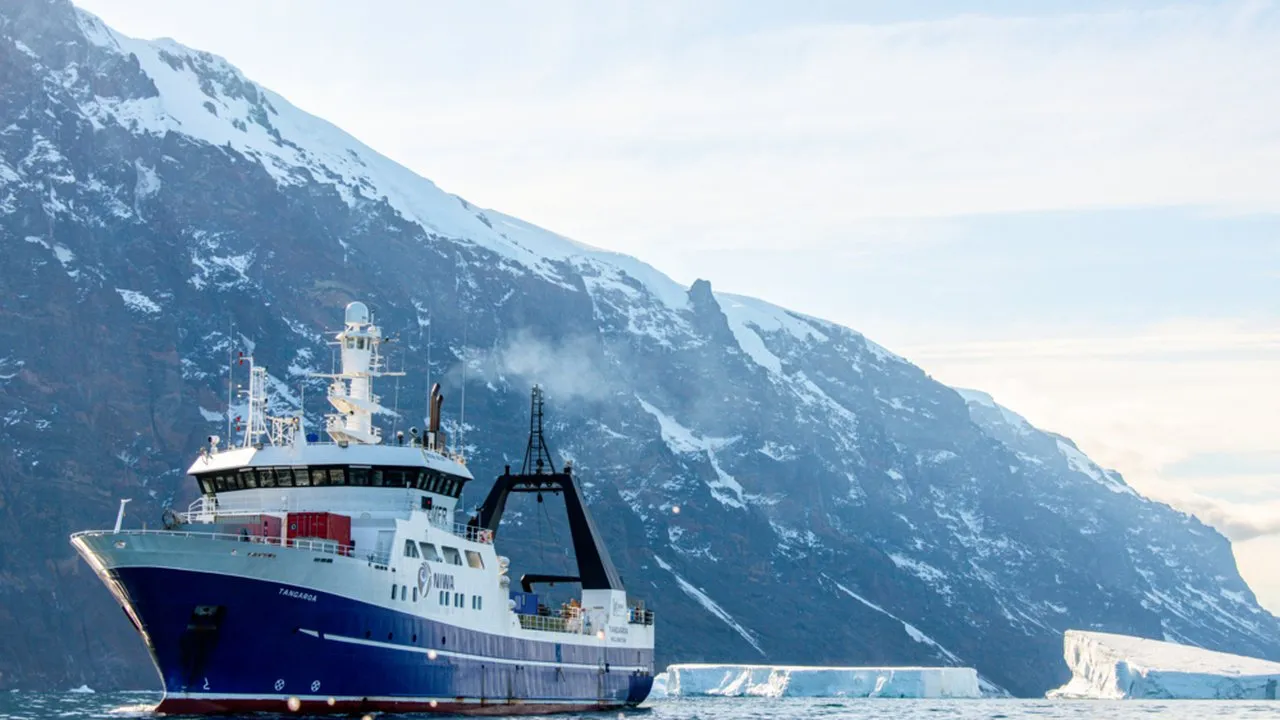Gateway to Antarctica
As one of the world’s five Antarctic Gateway cities, Ōtautahi Christchurch is New Zealand’s official Antarctic hub. Whether you’re here for a while or on your way to Antarctica, we will take care of you. We are a city that looks to the future and creates opportunities for research and innovation, climate awareness and collaboration.
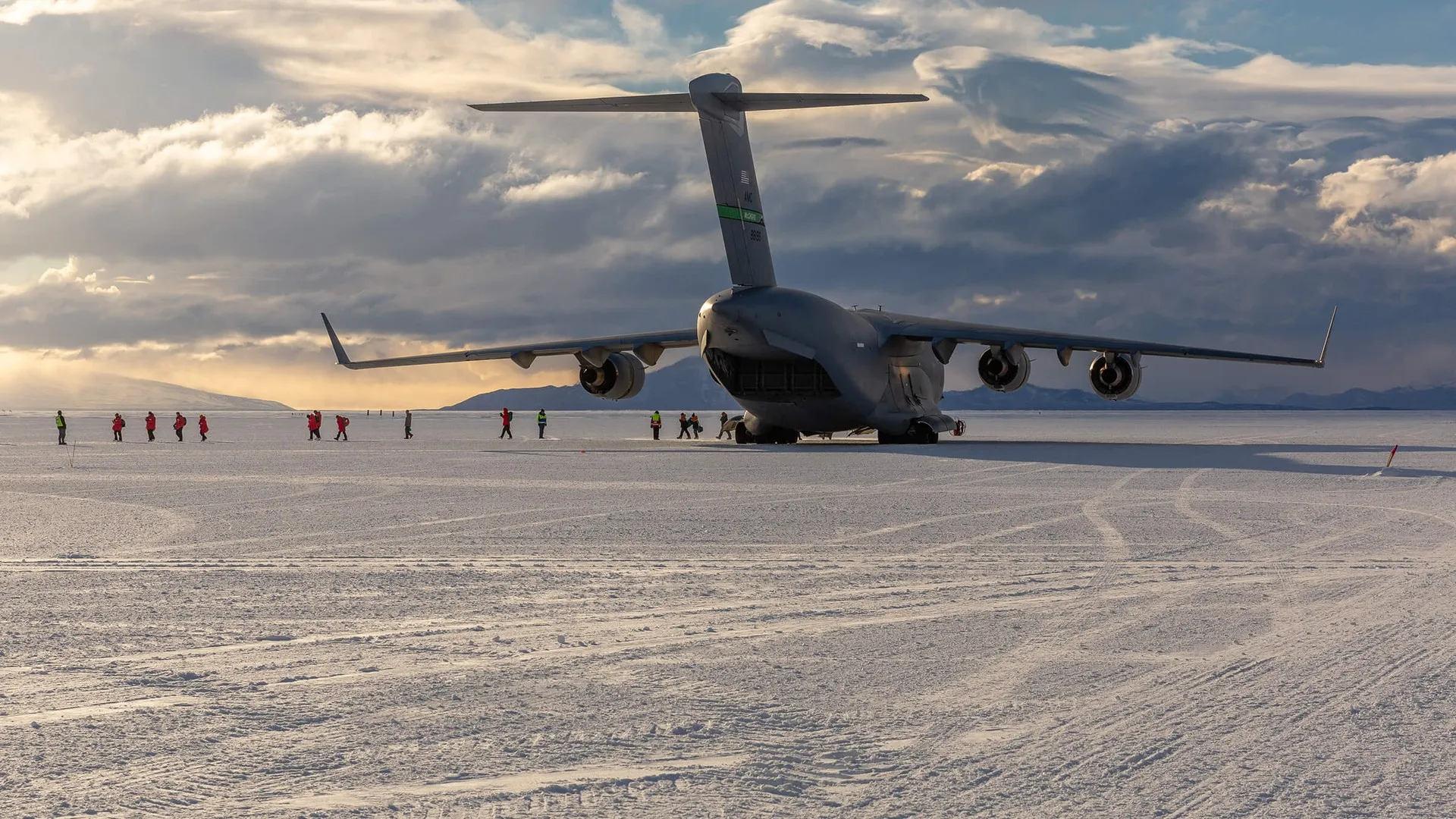
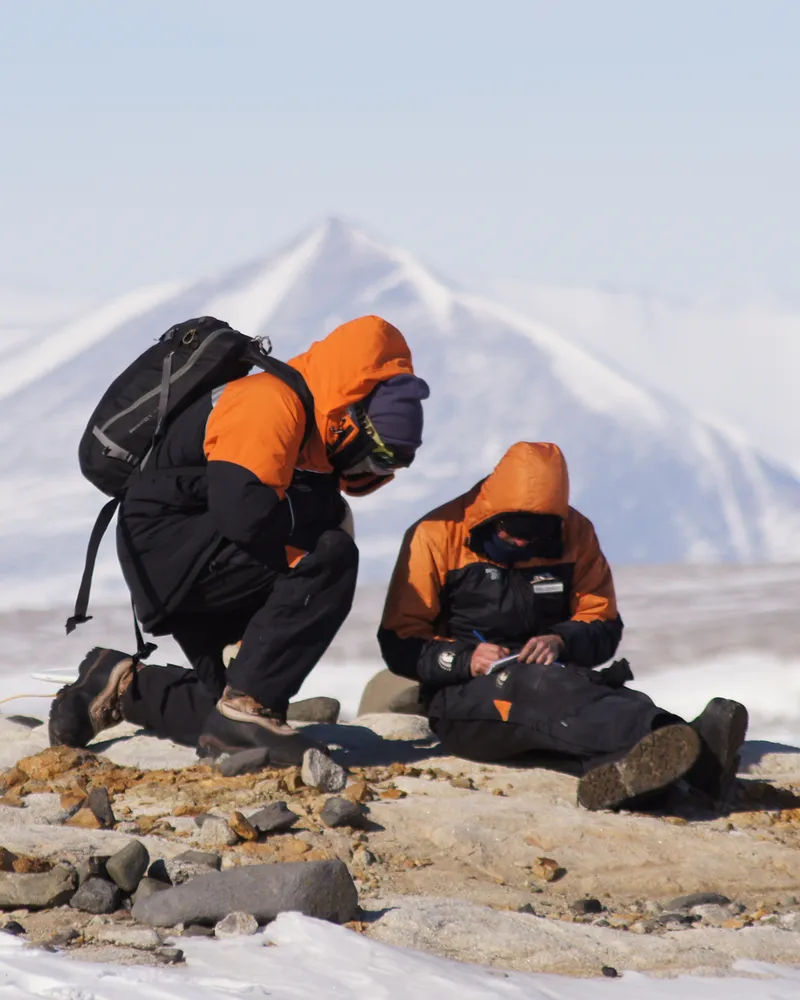
resource
Christchurch Antarctic Network (CAN) and directory
Connecting Christchurch businesses, products, services and innovation to International Antarctic programs.
This online resource is designed to connect all National Antarctic Programs (NAPs) businesses who can support work on and off the ice. Let's explore and preserve Antarctica together.
Antarctic gateway
International programs
Christchurch hosts a number of international partners in addition to New Zealand's own Antarctic government agency, Antarctica New Zealand.
Our connection to Antarctica helps to shape the cultural, political and economic aspects of these cities.
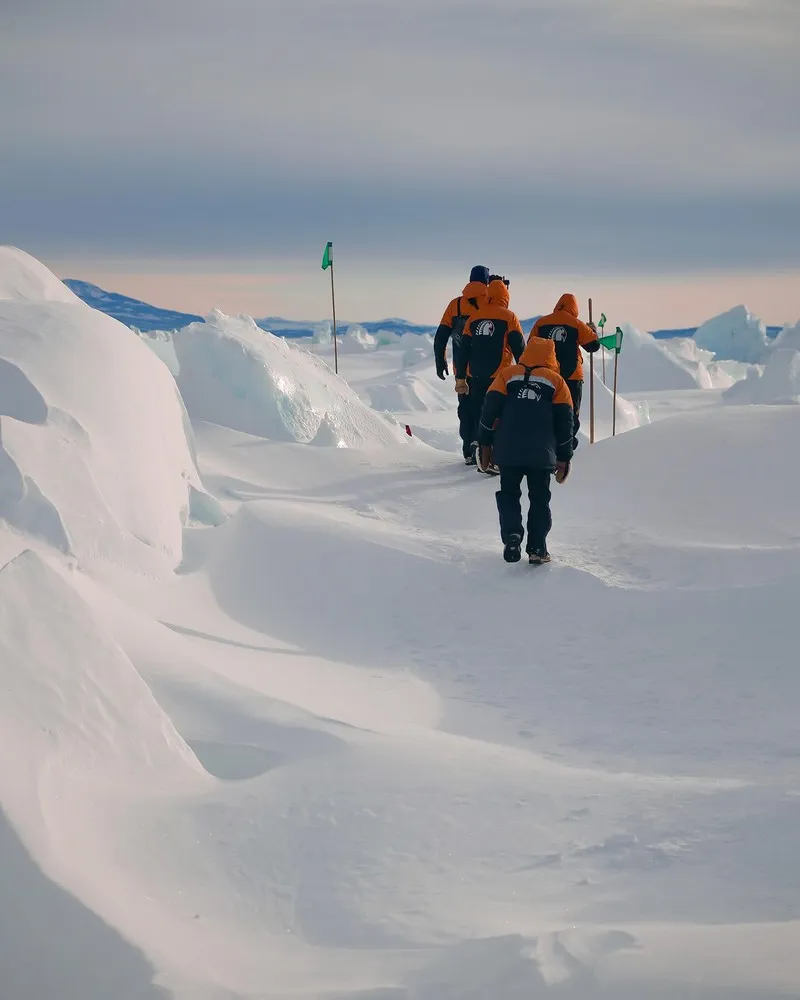
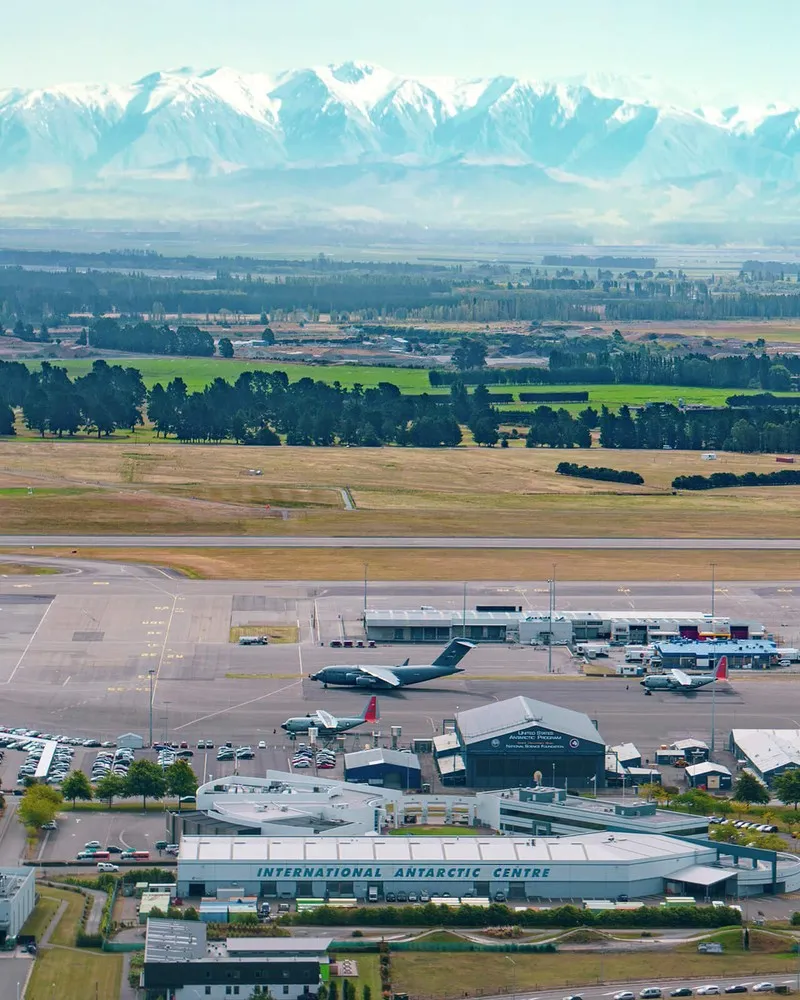
Antarctic gateway
Gateway infrastructure
Geographically convenient, Christchurch has the benefit of world-class infrastructure to support our Antarctic programs.
strategy
Christchurch's Antarctic Gateway Strategy
The value of Christchurch’s Gateway status is more than geographic location. We are a place for global collaboration, welcoming national and international agencies, partners, and visitors. We have infrastructure that offers logistical advantages and innovation expertise to support work on the ice. It’s an opportunity for New Zealand to participate in research and science that benefits the city, the nation and the world.
The future is always on our radar here, for current and future generations and the wellbeing of the planet. Our Antarctic Gateway is driven by the strategy’s values of Kaitiakitanga — care and respect for the environment, and Manaakitanga — being a welcoming host city.
Read the strategy below.
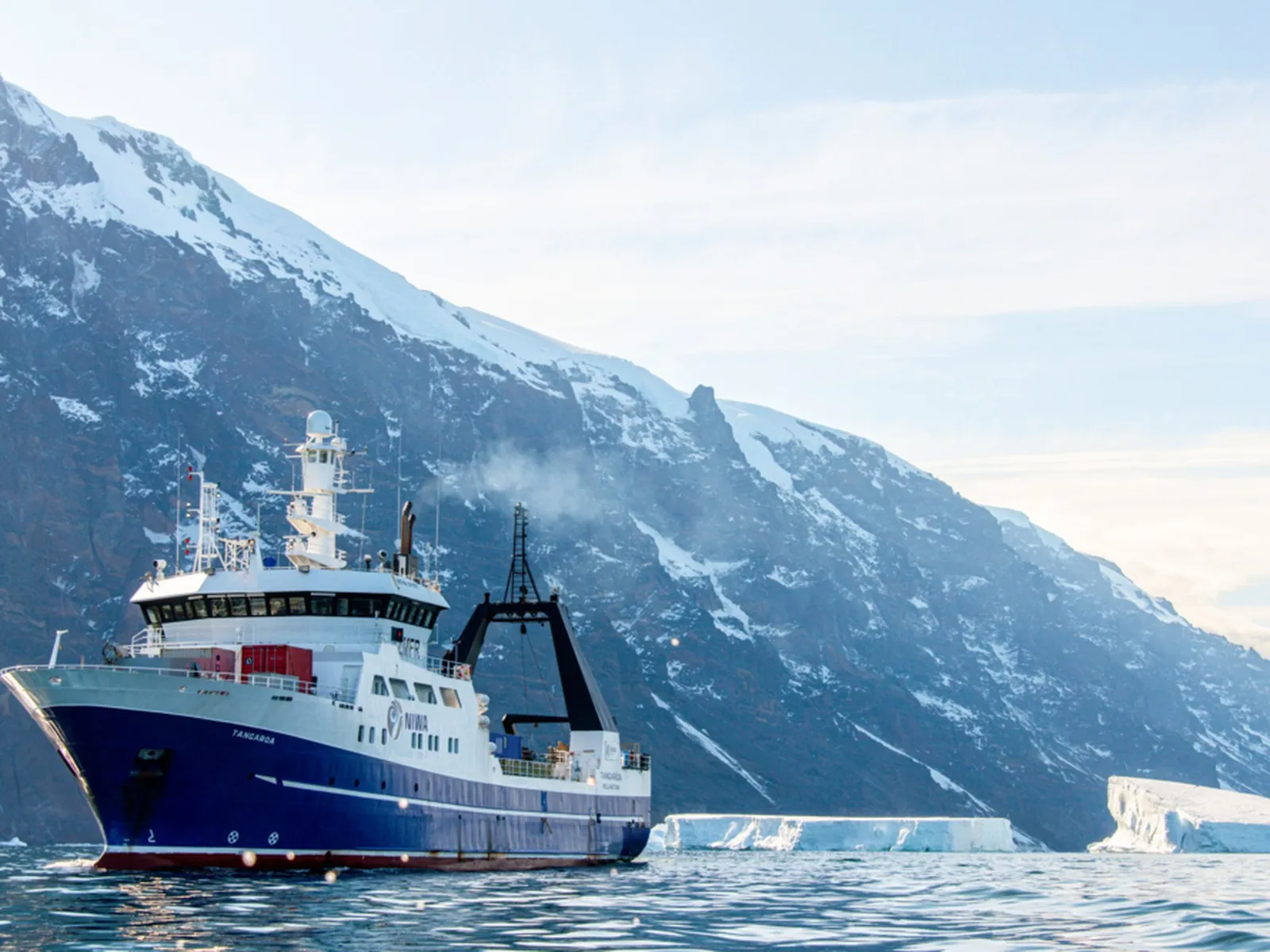
Antarctic gateway
Research & innovation
Christchurch’s Antarctic science hub thrives on a unique collaboration between private and public research.
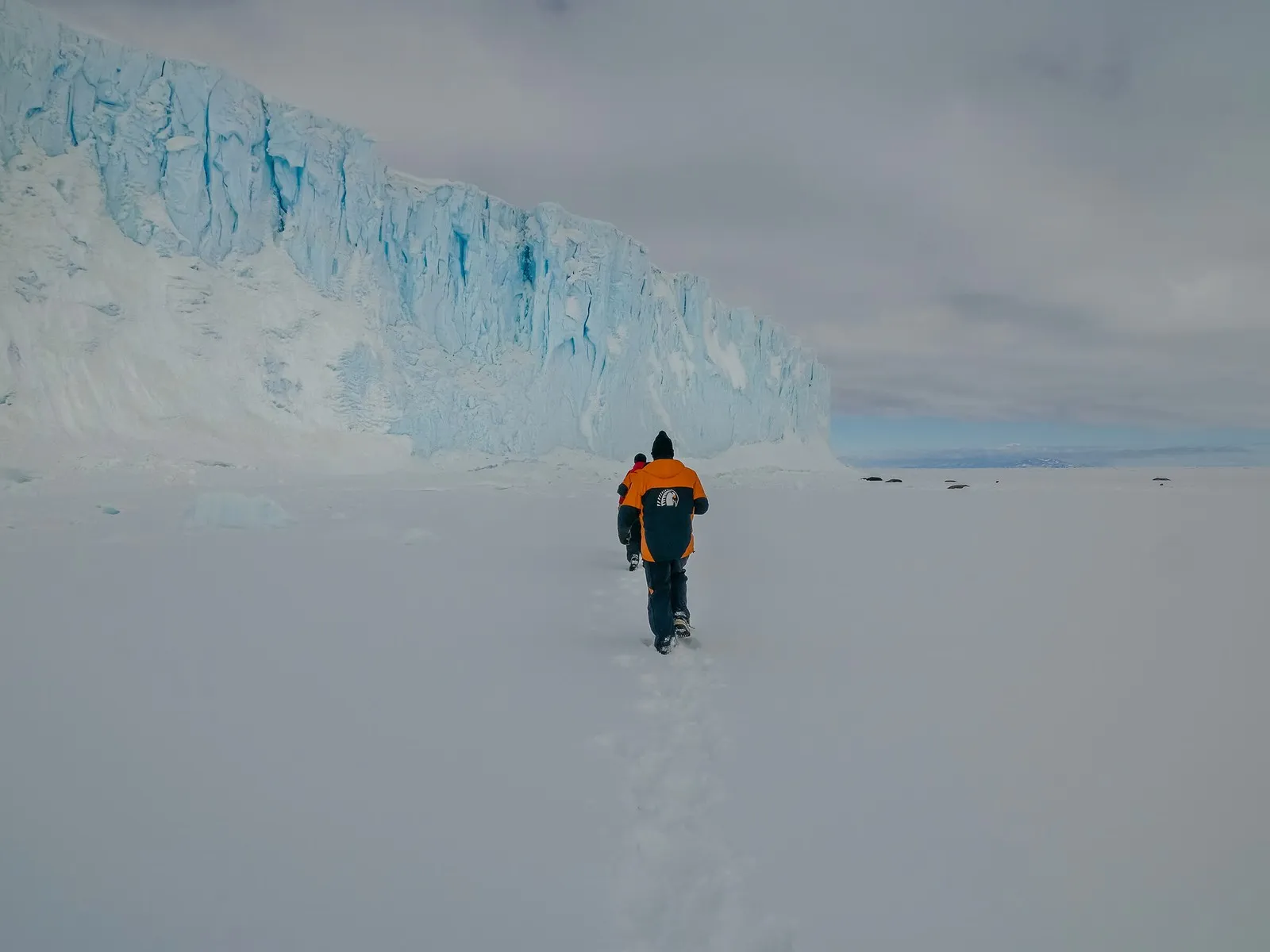
antarctic gateway
People of Antarctica
Our connection to Antarctica is not just about geographic location — it's about people and purpose. We're proud to showcase the diverse bunch of ambassadors that use Christchurch as their gateway to the ice.
Visit
Experience Antarctica in Christchurch
We welcome all members of the Antarctic science and logistics community. Ōtautahi Christchurch is a hub for those on the way or returning from Antarctica. Having you here enriches our city, and we can't wait to show you around.
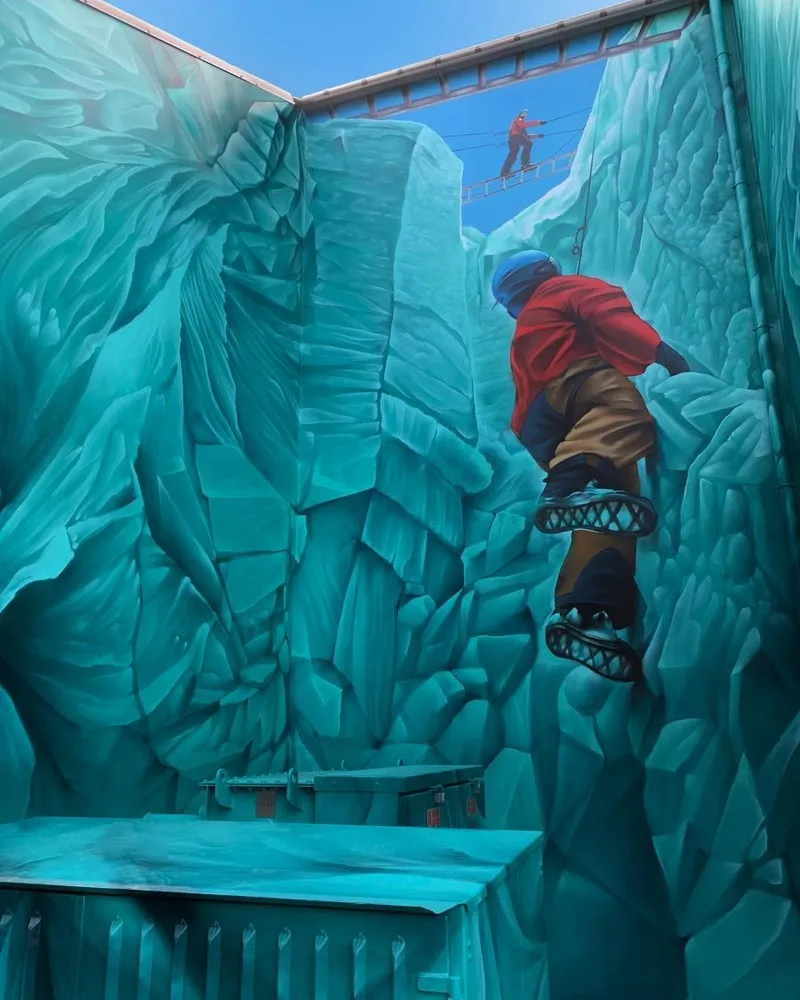
Growth sectors
Latest news
Stay up to date with the latest Gateway to Antarctica news and activities.

Contact
Meet our team
Gateway to Antarctica is Christchurch’s official hub. The team is here to support, connect and develop opportunities for all International Antarctic programs.
